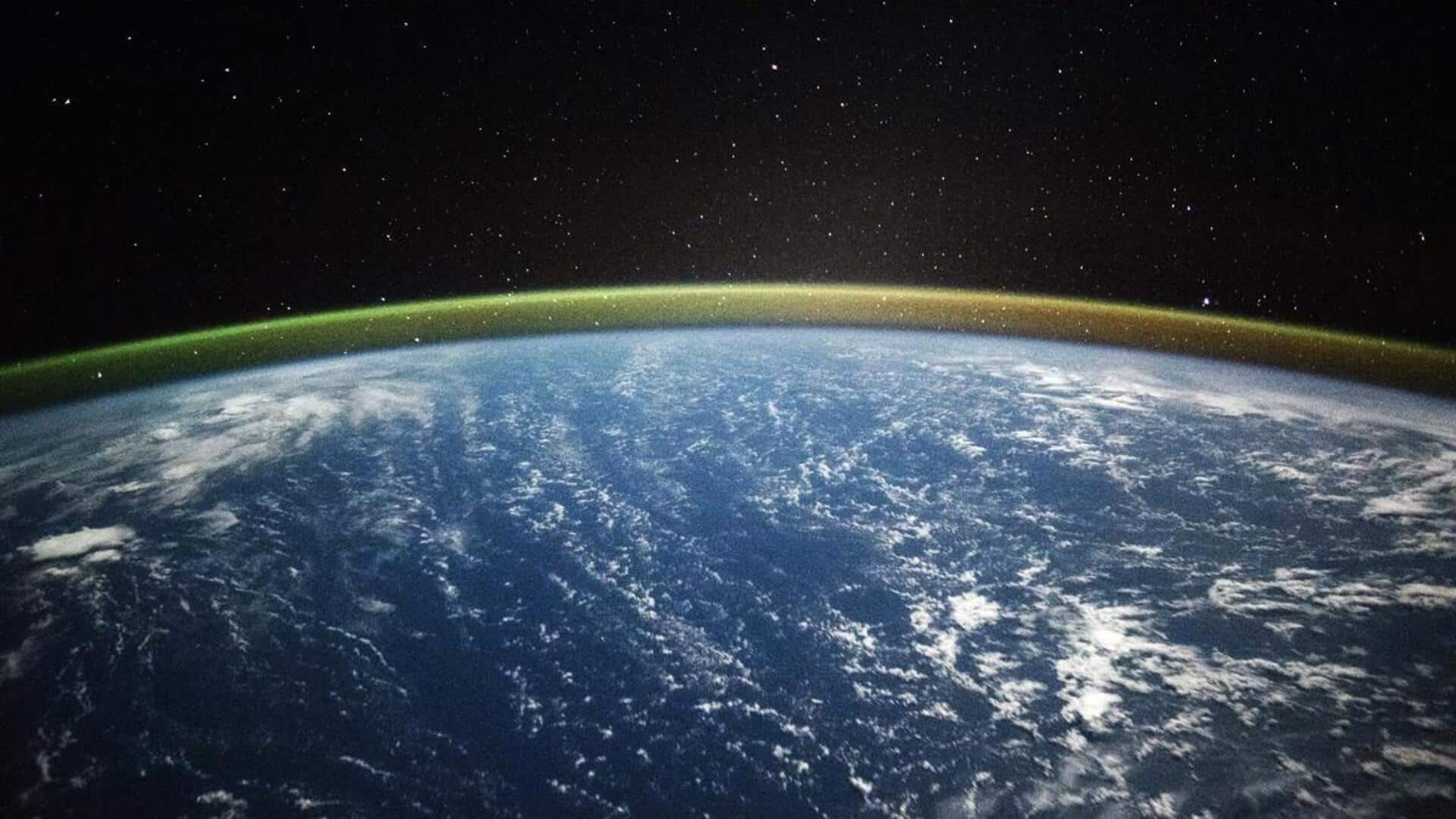
Ozone layer healing faster as hole hits decades-low size
What's the story
The Antarctic ozone hole in 2025 was the fifth smallest since 1992, according to NASA and the National Oceanic and Atmospheric Administration (NOAA). The hole, which is a major environmental concern due to its potential impact on human health and ecosystems, averaged about 18.71 million square kilometers during peak depletion from early September to mid-October.
Size comparison
2025 ozone hole size smaller than previous decades
The 2025 ozone hole's largest one-day extent was recorded on September 9, when it spanned an area of 22.86 million square kilometers. This is nearly 30% smaller than the record-largest hole observed in 2006. The reduction in size is a positive indicator of the ongoing recovery process of the ozone layer, which protects Earth from harmful ultraviolet radiation.
Early breakup
Ozone hole's early breakup signals atmospheric changes
This year's ozone hole also started breaking up nearly three weeks earlier than usual, indicating changes in atmospheric conditions. The improvement in the size of the ozone hole is largely attributed to the success of the 1987 Montreal Protocol and its amendments, which banned ozone-depleting chemicals like chlorofluorocarbons (CFCs). These international efforts have played a crucial role in protecting and restoring our planet's vital ozone shield.
Recovery forecast
Reduction in ozone-depleting substances and future projections
The amount of ozone-depleting substances in the Antarctic stratosphere has decreased by about a third since peaking around the year 2000. If chlorine levels had remained constant over the last 25 years, the 2025 ozone hole would have been more than a million square miles larger. Current trends suggest that if these patterns continue, we could see a full recovery of the Antarctic ozone layer by the late 2060s.
Monitoring efforts
Ozone monitoring satellites and record low in 2025
Satellites such as NASA's Aura and NOAA's NOAA-20 and NOAA-21, along with weather balloons providing direct ozone measurements, are continuously monitoring the ozone layer. In 2025, the lowest ozone concentration over the South Pole was recorded at 147 Dobson Units on October 6. This is a significant improvement from the record low of 92 Dobson Units in 2006, further highlighting the effectiveness of international environmental agreements in protecting our planet's vital ozone shield.